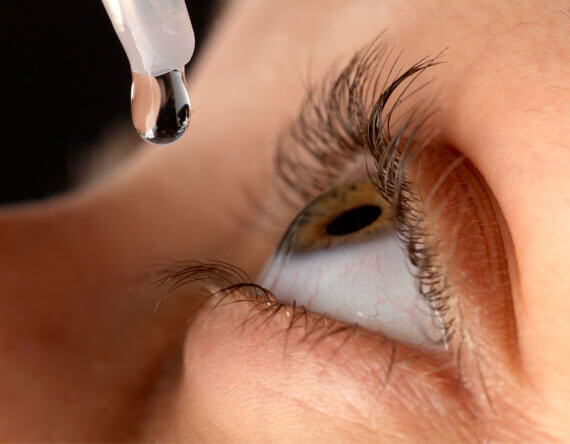

Acute and Chronic Uveitis
Learn more about acute and chronic uveitis, including causes and symptoms.
Uveitis, or anterior uveitis, is a relatively uncommon but significant eye condition involving inflammation in the deeper layers of the eye around and at the base of the colored part of the eye (iris). Often referred to as iritis, it is unique from many other types of eye problems because it’s usually related to pre-existing conditions. It’s important that the condition be properly diagnosed and managed not just by your eye doctor but also in consultation with your family doctor.
There are two general categories of uveitis: the acute (sudden onset) form and the chronic form:
- The symptoms of the acute form are usually more severe and materialize quickly. Extreme light sensitivity without a corneal injury (foreign body or scratch) and a very red eye are often the first symptoms, with pain that often feels like a deep bruise. The condition can be accurately diagnosed by checking the eye pressure and looking for white blood cells in the fluid of the eye. The standard treatment is to use anti-inflammatory (steroid) eye drops with a dilating drop that relaxes the deep muscles in the eye.
- The chronic form of the condition is more often seen in patients with auto-immune disease—a disease where the body’s own immune system attacks certain tissues. Common examples of auto-immune disease are rheumatoid arthritis, lupus, sarcoidosis, juvenile rheumatoid arthritis, Crohn’s disease, Sjogrens syndrome, ankylosing spondylitis and many others. The chronic form of uveitis often exists without symptoms and so these patients need to be monitored at regular intervals by their eye doctors to check for the condition.
The optometrists and ophthalmologists of Sterling Vision are qualified to diagnose and treat most cases of anterior uveitis. In fact, our own Dr. Edwards, a retinal specialist, has a sub-specialty portion of his practice devoted to the care of autoimmune disease and uveitis.
